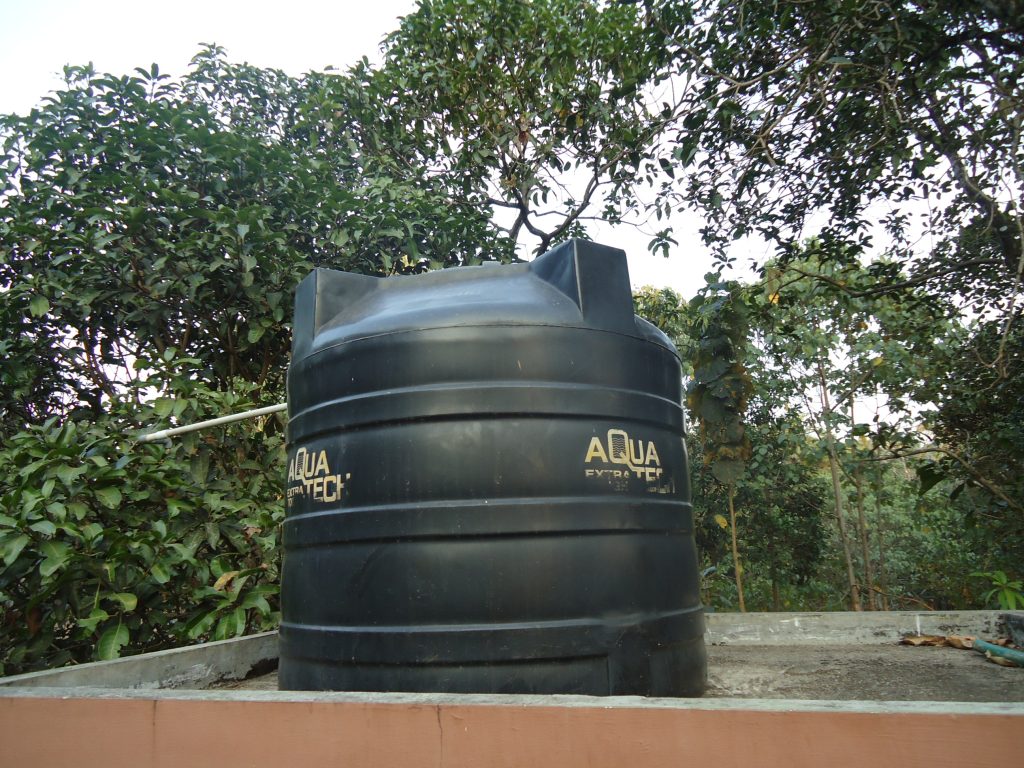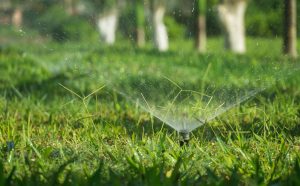Rainwater Harvesting in Montana Landscaping: Legal and Practical Tips
In a state where summer droughts and water restrictions are becoming more common, Montana homeowners are turning to rainwater harvesting as a smart, sustainable landscaping strategy. But before you start installing barrels or tanks, it’s important to understand the legal guidelines and best practices specific to Montana’s climate and water rights system. At Horizon Landscape & Irrigation, we believe in helping our clients make informed, eco-friendly choices that benefit both their yards and their communities.
Is Rainwater Harvesting Legal in Montana?
Yes—Montana does allow rainwater harvesting for personal, non-potable use. According to the Montana Department of Natural Resources and Conservation (DNRC), collecting rainwater from rooftops and using it for irrigation, landscaping, or gardening is permitted without a water right, as long as it doesn’t interfere with downstream water users. However, large-scale systems, or those that divert water from natural streams, may fall under stricter regulations.
The key takeaway: you can collect water from your roof runoff for outdoor use, but always check local ordinances if you plan to install a large system or live in a water-sensitive watershed.
Why Rainwater Collection Makes Sense in Montana
From Billings to Bozeman, the climate varies, but the challenges are similar—hot, dry summers with intermittent thunderstorms. Rainwater harvesting allows you to make the most of these brief downpours by capturing and storing water that would otherwise run off into storm drains or cause erosion.
Here’s why it works well in Montana landscapes:
Reduces Water Bills: Supplementing your irrigation with rainwater helps cut down on municipal water use—especially important for large yards or garden plots.
Better for Plants: Rainwater is naturally soft and free from chlorine and salts, making it gentler on your plants than treated tap water.
Erosion Control: Rainwater collection reduces runoff that can wash away topsoil or damage hardscape elements.
Emergency Use: Having a stored water source can be useful in times of drought or water restrictions.
Practical Harvesting Tips
If you’re ready to start collecting, here are a few practical pointers for getting the most out of your setup:
Start with Barrels: A basic 50–75-gallon rain barrel connected to your downspout is an easy and affordable entry point. Look for models with screened tops to keep out debris and mosquitoes.
Go Bigger with Cisterns: For larger-scale collection, you can install above-ground cisterns or underground tanks. These are ideal for homeowners with extensive gardens or livestock.
Use Gravity: Place your barrel on a raised platform to increase water pressure for hose attachment or drip irrigation.
Include an Overflow Plan: Install a diverter or overflow hose to direct excess water away from your foundation.
Winterize: Drain and disconnect barrels before winter to avoid freeze damage. In-ground systems should be buried below the frost line.
Design Considerations
Incorporating rainwater harvesting into your landscape design isn’t just about function—it can enhance your curb appeal too. Decorative barrels, rock channels for overflow, and rain gardens all add beauty while managing water effectively.
Pairing collection systems with xeriscaping, native plants, and efficient drip irrigation can create a yard that thrives in Montana’s semi-arid conditions with minimal water use.
Get Expert Help for Smarter Water Use
Rainwater harvesting is just one part of a well-rounded water management plan. At Horizon Landscape & Irrigation, we help homeowners across Montana design smart, water-efficient yards that work with the climate—not against it. Whether you’re looking to install a basic barrel or want to integrate a complete sustainable irrigation system, we’re here to help.
Visit https://horizonlandscapemt.com to learn more or schedule a consultation. Together, we’ll help you create a beautiful landscape that’s as smart as it is sustainable.
Read Next: Smart Irrigation Systems: Do They Make Sense for Montana Yards?




